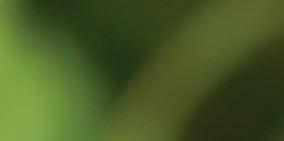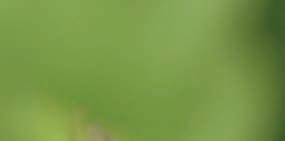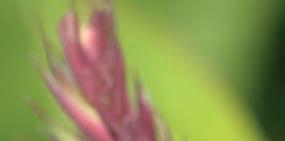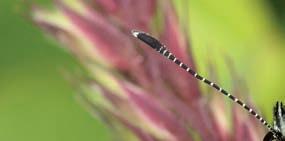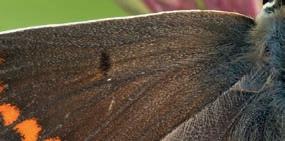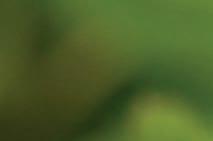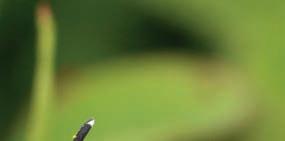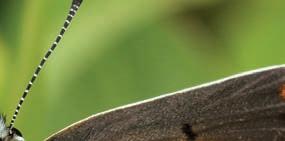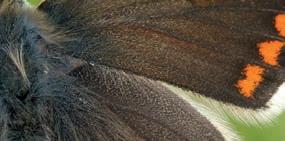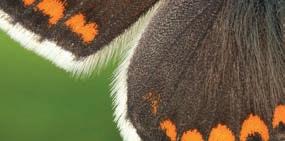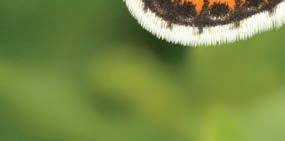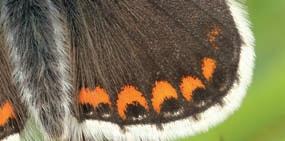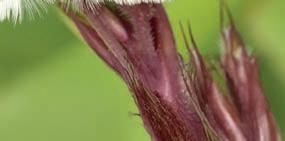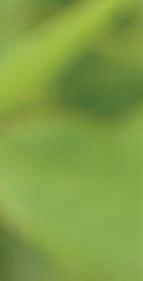










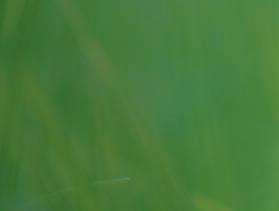

Annual Review 2024-25











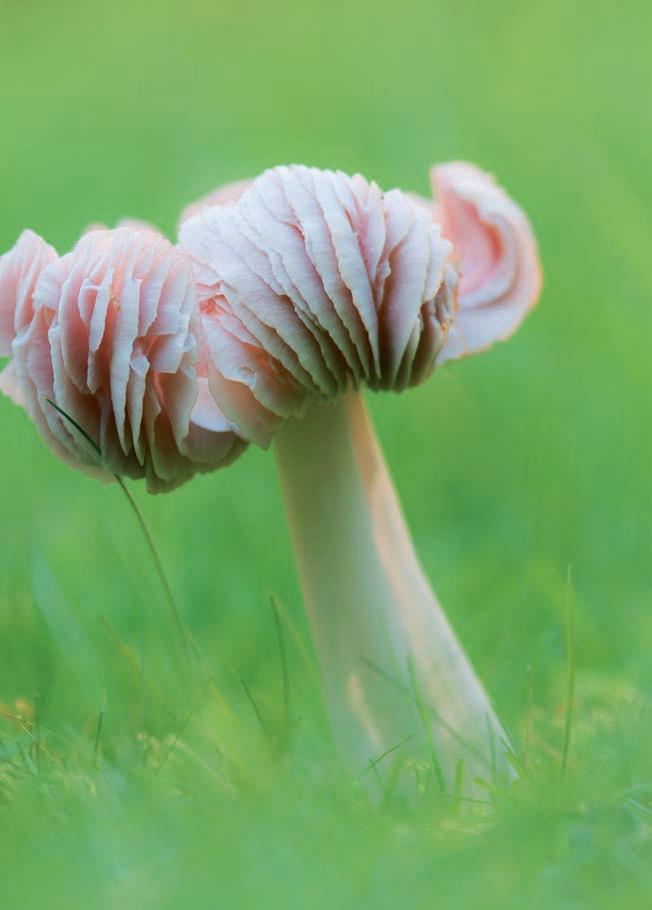

Your support has helped us continue to grow. Here’s what we achieved in 2024-25.


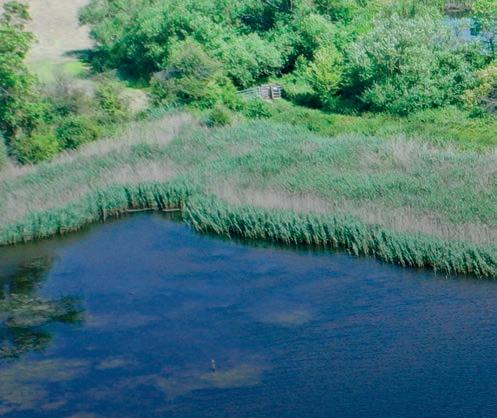
19,344 members, up 281 on the previous year
£37,469 raised through our Restore, Reclaim and Renew Appeal

213 events, attracting 2,464 attendees

6 Living Landscapes
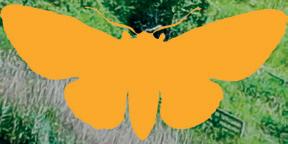

410 moth species identified in moth-trapping surveys
124k social media followers 85,000+ wetland birds recorded through the Wetland Bird Survey, including a record 100 great white egrets




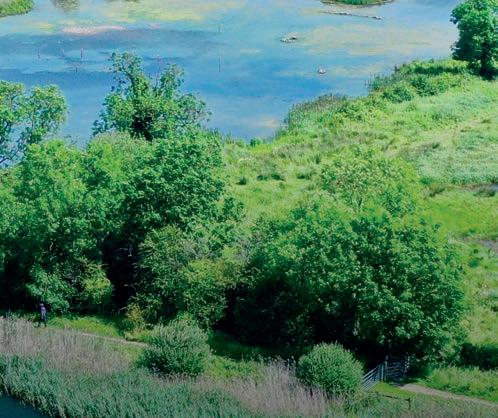
22,720 visitors to Lyndon Visitor Centre
624k visitors to our website, generating £52k in donations and new memberships
You can read previous Annual Reviews at: lrwt.org.uk/ how-we-are-run
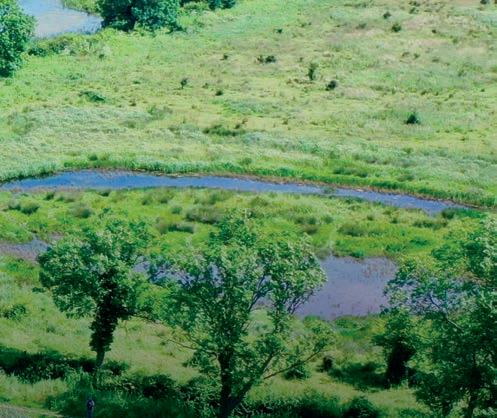

736 volunteers generously gave 23,831 hours of their time 2,521,347 views on our Osprey YouTube channel totalling over 144,492 hours watched (up more than ten times on last year due to the introduction of YouTube Shorts!)
19 Osprey Cruises attracted a record
1,324 participants
1,299 hectares across 37 nature reserves managed by Leicestershire & Rutland Wildlife Trust
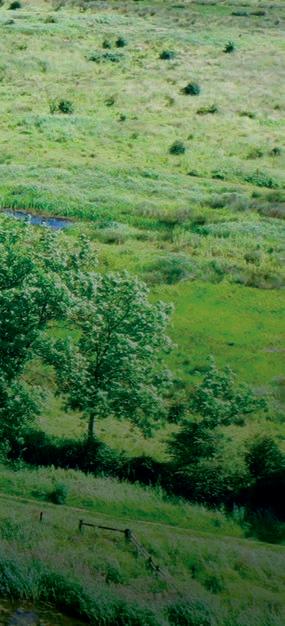
Welcome to the Leicestershire and Rutland Wildlife Trust’s Annual Review for 2024/25. We are delighted to report on the signi cant progress achieved over this year on the delivery of our Strategy to 2030: Bringing Nature Back. This work is built on a great deal of foundational e ort in previous years, and it has been incredibly rewarding to see many things come to fruition this year.
It is impossible to cover everything in this Annual Review; instead, we aim to give you some edited highlights of what’s been going on. We will tell you about important progress in broadening the opportunity for nature’s recovery across our two counties. You will read about some fascinating discoveries that throw a spotlight on the wonderful wildlife we have on our patch. And we’ll highlight just a few of the ways our fantastic supporters make such an impact on our work.
Alongside all the good news come the challenges, of course. Together with our colleagues in the national Wildlife Trust movement, and with your valuable support, we have worked hard to speak up for nature and show political leaders of all colours the absolute importance of ensuring a healthy natural environment which protects both species and landscapes, and provides vital green space for everyone. We haven’t yet won this ght, but it’s a ght we cannot give up on. For the sake of local wildlife and our own health and wellbeing, we will keep making the case that nature has a vital role to play – one that we forget at our peril.
Thank you so much for your continuing support during the year. It is so essential to us as we carry on our important work.














Our Strategy to 2030: Bringing Nature Back responds to the nature and climate emergencies. It recognises that the threats of climate breakdown and ecological collapse are the most important issues of our time. As well as protecting the fragments of wildlife-rich habitat we have left, we must strive to restore ecosystems at scale and put nature into recovery.








Our vision is of a thriving natural world, with our wildlife and habitats playing a valued role in addressing the climate and ecological emergencies, and people inspired and empowered to take action for nature.


This important Strategy will shape the work of the Trust over the coming years. You can read more at lrwt.org.uk/strategy




Leicestershire and Rutland Wildlife Trust is uniquely positioned to inspire and lead the positive ecological change needed across our two counties, working as part of a strong, cohesive movement of Wildlife Trusts across the country. Our detailed work programmes drive our aims and objectives.
















Our purpose is to bring wildlife back, to empower people to take action for nature, and to create a society where nature matters.


1 Working to protect and enhance biodiversity so that nature in Leicestershire and Rutland is in recovery with abundant, diverse wildlife and natural processes creating wilder land where people and nature thrive.


2 Engaging people in Leicestershire and Rutland to be inspired to take action for nature and the climate, resulting in better decisionmaking for the environment at both the local level and national level.

3 Nature in Leicestershire and Rutland is playing a central and valued role in helping to address local and global problems.

Landscape-scale conservation is a major focus of the Trust’s 2030 Strategy. We are working with landowners and other partners to bring more land into management in a way that is sympathetic to nature. Doing this will expand both the scale and variety of habitats across our two counties, enabling biodiversity to spread. The Trust’s Living Landscape areas provide the geographical framework for this work.
Market Harborough Rewilding Project
Southwest Leicestershire is becoming an area of intense focus for the Trust. On the back of our acquisition of the James Adler Reserve (see page 8) we were able to extend our links with other major landowners in the area.
We are delighted to be working with Harborough District Council following their acquisition of 54 hectares of land near Great Bowden in March 2025. This is a unique project of national signi cance to restore nature at a landscape scale, bringing bene ts
to wildlife, people and communities. The project will work to rewild what is currently a nature-depleted landscape, re-establishing natural processes and building a network of sites where wildlife can thrive.
Our Restore, Reclaim and Renew Appeal was launched in October to help nature thrive again by creating space for nature and nature recovery networks. This helped with funding some of the restoration works required following criminal damage at Rutland
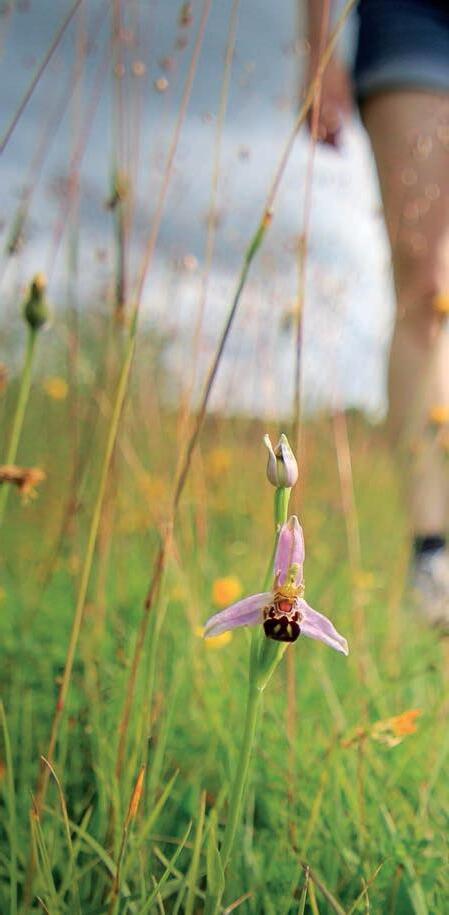
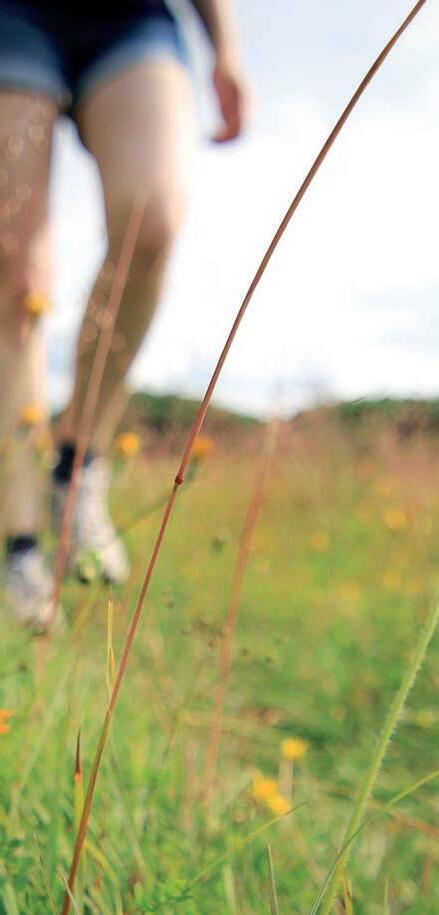
Water and Cloud Wood nature reserves. It has also helped pave the way towards the Market Harborough partnership work and the recruitment of a new Nature Recovery O cer, helping to deliver meaningful change and taking us a step closer towards our vision of a wilder, more connected landscape.
Our Greener Golf initiative achieved a milestone during the year, with 14 golf clubs in Leicestershire and Rutland now signed up to help improve biodiversity in underused areas of their courses. The fantastic support o ered by the clubs is funding a project o cer who will be working to establish management plans with all the participants.
We successfully delivered the Lost Railways project, funded by Natural England. This systematically assessed the conservation value of the corridors provided by disused railway lines across the counties, including opportunities for people to get closer to nature. This research will enable us to develop targeted conservation measures, with the project catching the imagination of our
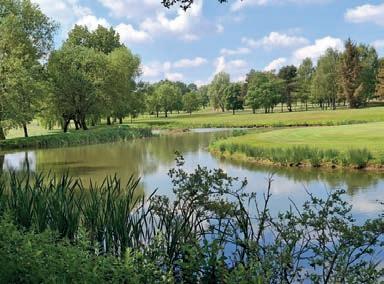
regional partners, together with Historic England and Natural England.
The Trust was a key adviser to the Leicester, Leicestershire and Rutland Local Nature Recovery Strategy, which had its public consultation this year. Our decades of experience leading nature conservation across our area was fully incorporated within the strategy, with close alignment with previous, current and future areas of nature recovery work.
The strategy was adopted in July 2025 and carries legal weight, ensuring greater attention will be paid to biodiversity enhancement and nature recovery in future local authority policies.
We care for 37 nature reserves, covering almost 1,300 hectares.
Comprising woodlands, meadows, wetlands and heaths, they offer protection to a huge diversity of wildlife, some rare and threatened. They also give people a chance to experience the rich variety of habitats that were once widespread. Increasing our nature reserve estate and maintaining it in peak condition is vital for nature to flourish. Important in their own right, nature reserves also serve as species-rich reservoirs from which wildlife will spread out into the wider landscape as conditions improve.
During the year, we were delighted to complete the acquisitions of two new nature reserves.
Land at Great Bowden, kindly donated by the Adler family in memory of their son, has been named the James Adler nature reserve. The River Welland runs through this delightful site of 21 hectares. The reserve, which is currently grazing land, will be managed to increase and improve its wildlife value, working with
the natural processes of the river to establish damp grassland and wet woodland habitat. We will also be developing plans for public access, and our Great Bowden Local Group is very involved in this process.
Meanwhile, a donation of 2.4 hectares of land from David Wilson Homes was nalised over at Syston. This site, which includes a lake and woodland, is close to our existing Soar Valley nature reserves and will help to expand the capacity for nature recovery within that area.
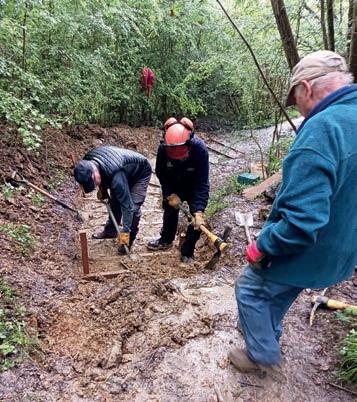
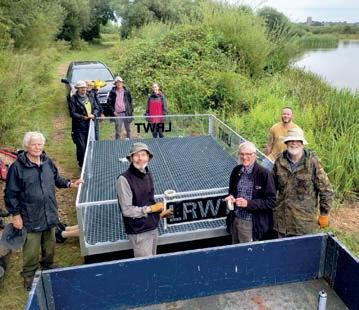
Generous supporter donations o er vital funds that help improve our nature reserves. Early 2024’s Wild About Our Reserves Appeal supported a great deal of work during 2024-25, including new pathways at Ketton Quarry, a tern raft at Cossington Meadows, and the purchase of new equipment.
Further appeal-funded work will follow, including at Kelham Bridge, Altar Stones and Ketton Quarry reserves.
Grants from the Environment Agency facilitated a replacement tractor and a new mower for the Soar Valley nature reserves, a replacement power scythe for our eastern reserves, and wetland improvement work at Kelham Bridge.
In addition, Natural England’s Conservation Enhancement Scheme funded fencing at Loughborough Big Meadow.





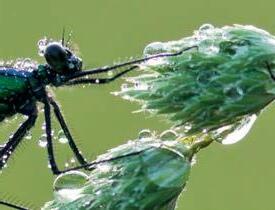


We also carried out signi cant tree and shrub planting at Cossington Meadows, Rutland Water, Launde Big Wood and Prior’s Coppice nature reserves.



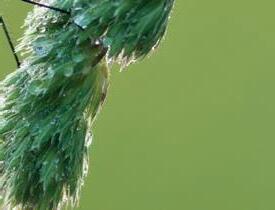


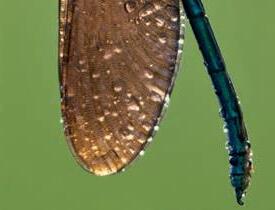
WRutland Water successes












e monitor, study and survey the wildlife of our counties to identify special places and important species, to inform our management, and to protect local biodiversity. Our nature reserves team is hugely assisted by volunteer recorders who gather valuable data about the condition of the wildlife found on our reserves. This information helps us plan for the future. The more we know about the species on our sites and in the wider countryside, the more we can engage and inform local people.



Rutland Water Nature Reserve remains a stronghold for local wildlife. This year was a great success for the ospreys in and around the reserve, with 25 chicks raised from 11 nests, bringing the total to 278.




















Moths also enjoyed a notable year. Of the 410 species recorded at Rutland Water, 12 were new to the reserve, including marbled green, Devon carpet, large ear (a rst for Leicestershire and Rutland), and dark crimson underwing (right). Incredibly, 770 species have now been recorded here.












































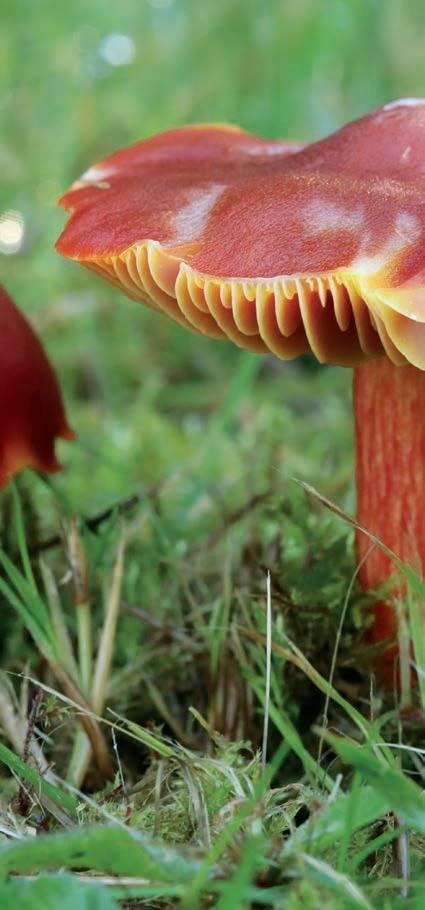
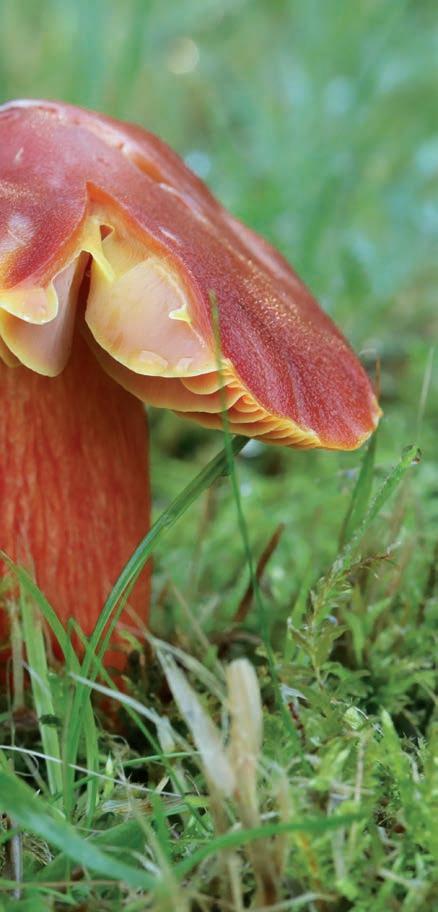
The volunteer-led Small Mammal Camera Trapping Project completed its second year. In total, almost 97,000 images were captured, generating 6,532 individual small mammal records across 15 species, including water vole, harvest mouse, and water shrew.
Through our Water Vole Recovery Strategy, we identi ed priority areas to protect and expand water vole populations. The next phase of the project will be a large-scale delivery plan, in line with the growing evidence base. The project sees us working closely with a number of other organisations and is supported by the Species Survival Fund, a partnership between Defra and the National Lottery Heritage Fund.
There were some remarkable records from the world of mycology. One highlight was the discovery of willow blister fungus at Rutland Water, which is only the second time it has been recorded in England since 1876. Europe’s smallest beetle, Baranowskiella ehnstromi, was also found on the reserve. Just 0.5mm long, the beetle feeds primarily
on the spores of the bracket fungus Phellinus conchatus and this is only the third time it has been recorded in Britain.
A survey at Merry’s Meadows con rmed that this grassland reserve has a rich array of fungi, with 15 varieties of colourful waxcaps being recorded, including the vulnerable species crimson waxcap. Meanwhile a survey at Ash Tree Farm (see page 14) recorded 12 species, including pink waxcap. These results show the huge importance of undisturbed grassland.
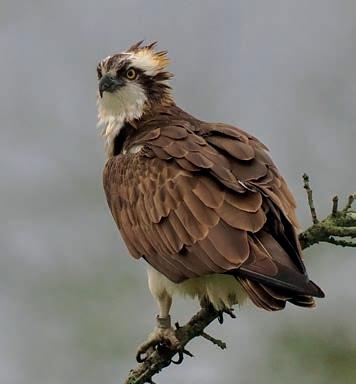
We continue to achieve so much. Here are some of the highlights.
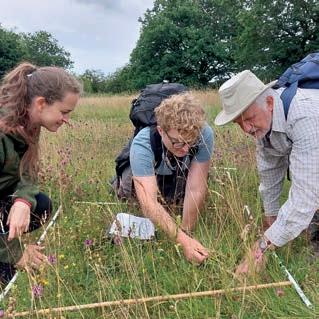
197 people were involved with our Nextdoor Nature projects in Leicester, bringing the total to nearly 4,900.








365 people attended wildlife recording training sessions as part of the Charnwood Forest Partnership Scheme.
Woodland at Cloud Wood was coppiced to benefit ground flora, butterflies and other wildlife.

1,641 metres of new fencing was installed at Loughborough Big Meadow, keeping grazing livestock safe.


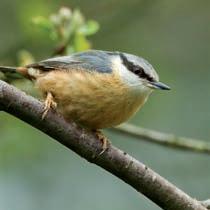
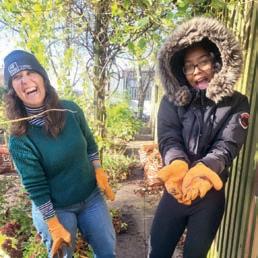
Our new Corridor Club facilitator worked closely with landowners in the Ulverscroft Valley to produce full wildlife habitat and opportunity maps.









1,000 trees were planted at Cossington Meadows.

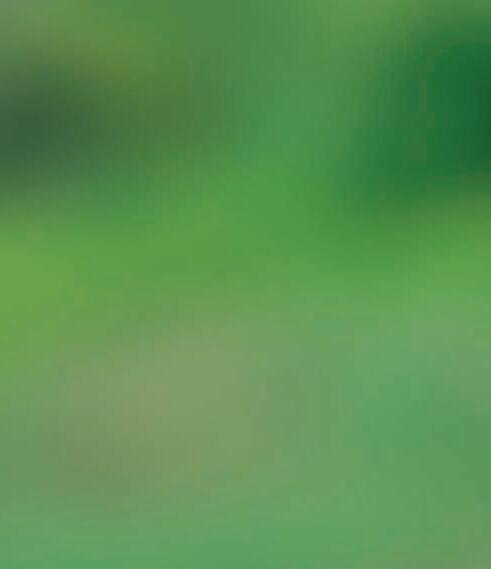
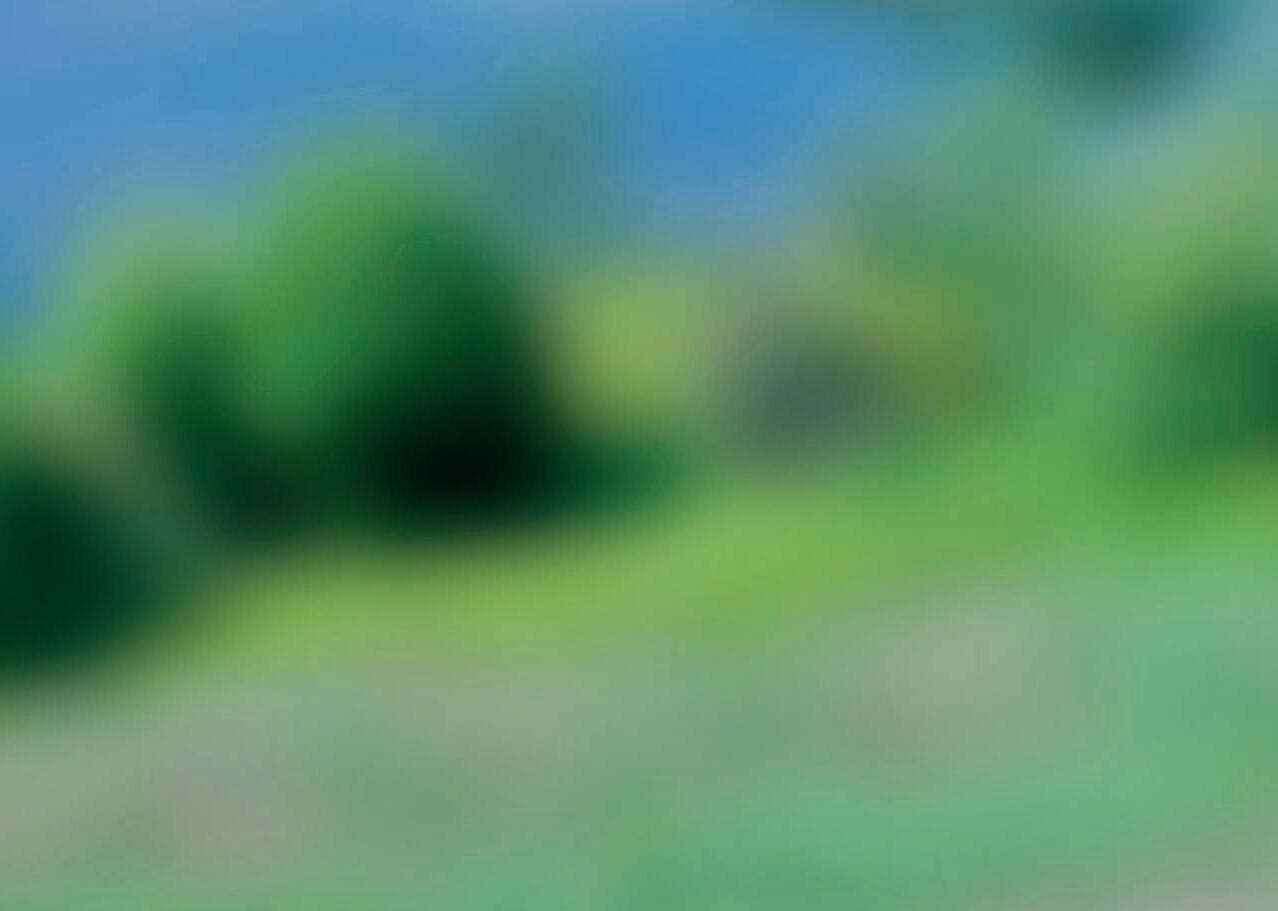





























15 species of waxcap recorded in a single survey at Merry’s Meadows, a nationally signi cant site for these fungi.
980 birds were processed and ringed at Lagoon 3 and Cherry Wood Constant E ort Ringing Sites.
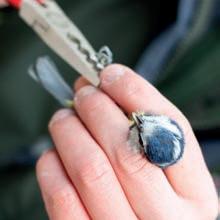
14 local golf clubs came together through the Greener Golf Group to assess ways to enhance wildlife opportunities on their courses.
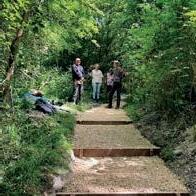
Paths and access were improved at Ketton Quarry.

130 species of beetle recorded at Rutland Water Nature Reserve.


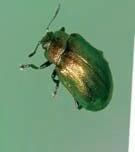

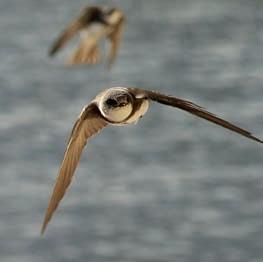



















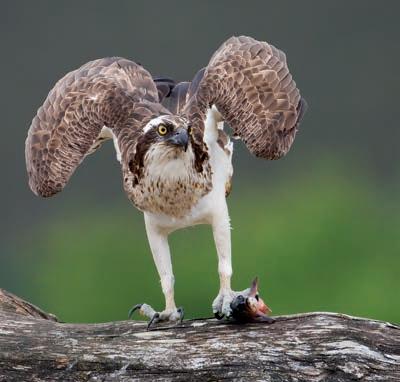
517 sand martin chicks edged from the two arti cial sand martin nesting banks at Rutland Water.
25 osprey chicks edged in and around Rutland Water, bringing the total to 278 since the Rutland Osprey Project began.
Our walks, talks and other events help introduce people to nature and increase awareness of the wild spaces on our doorstep, building a commitment to help local wildlife. Many wildlife enthusiasts from a wide range of backgrounds are already taking their own steps to bring nature back. The links we build with others, together with the work we do in partnership, hugely increase the impact on nature recovery.
The Lyndon Visitor Centre remains as popular as ever, with almost 23,000 people visiting during the year. The vast majority come during the osprey season, when more than 1,300 people enjoyed our sold-out osprey cruises. Much of the Centre’s work lies in showcasing the ospreys’ activity, which provides a great introduction for raising awareness of the natural world more generally. Public interest was heightened by the presence of otters in the same area of
Manton Bay, prompting us to run extremely popular otter watches. Remarkably, the otters are so relaxed in their new home that they are frequently seen in broad daylight and great viewing can be had from the hides at Lyndon.
Anyone can directly contribute to nature’s recovery by making more room for wildlife in whatever space they have, whether it be a small garden or a much larger part of the countryside.
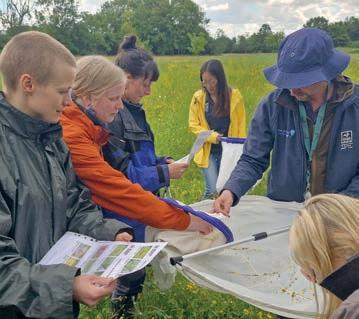
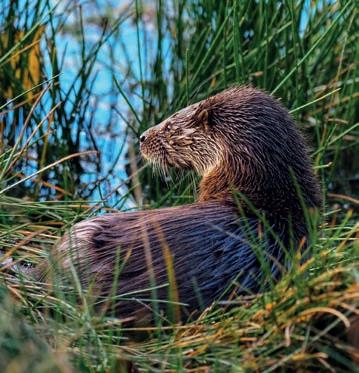
The Trust is delighted to have forged a strong relationship with the owner of Ash Tree Farm, near Lutterworth. The farmland is now a precious haven for wildlife, having been sensitively managed to maximise its wildlife value over many decades. We are delighted to be helping the owners ensure its rich biodiversity continues in perpetuity.
Our work in Leicester The original funding for our successful work with Leicester communities having nished, our Nextdoor Nature project has entered a new phase thanks to generous funding from City Fibre.
In December 2024 Nextdoor Nature sta lead Fee Worton was awarded The Marsh Sta Award for Outstanding Public Engagement (a partnership between The Marsh Charitable Trust and The Wildlife Trusts) for her inspirational work on the project.
This year we launched our new Restoring the Soar project, in partnership with Leicester City Council and the Canal and River Trust. Supported by almost £600,000 in development funding from The National Lottery Heritage Fund, this project will aim to make improvements to the riverside environment through better habitats, integrating new opportunities for nature connection, enhancing safety and aesthetics, and creating new opportunities for people in local communities to use the project area for leisure, work, volunteering and training.
Conservation management work and species monitoring at Rutland Water Nature Reserve were greatly assisted with the involvement of a funded research project led by Loughborough University. Students from Leicester, Nottingham Trent and Loughborough Universities helped sta monitor water quality in the lagoons, resulting in a detailed report on the impact of water quality on di erent habitats and species.
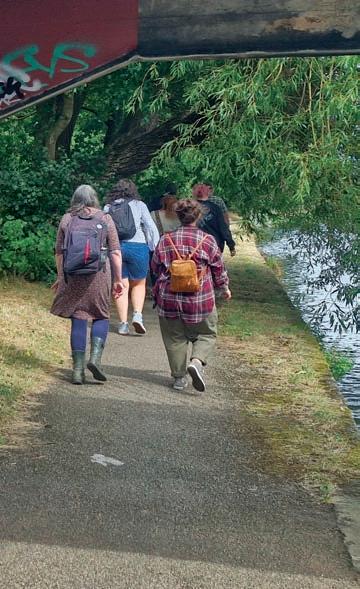

Research shows that volunteering provides intrinsic benefits through improved health and well-being. Crucially, it also enables the Trust to achieve even more for local wildlife. This is borne out by our amazing community of 736 volunteers who provide vital support by undertaking a wide range of tasks across all the Trust’s activities, including conservation management, species recording, visitor engagement, office administration, and governance. Their skills and knowledge underpin our progress, and we are truly grateful for all their help.
Commi ed volunteers
Nearly 24,000 volunteer hours were given across all the Trust’s work during the year. We are constantly amazed and delighted by the devotion that our volunteers show and are always looking to increase our volunteer numbers. Some are most de nitely in it for the long haul! One such volunteer is Dave Needham, who in 2024 chalked up



his 50th year volunteering with the Trust. Dave’s commitment has covered a wide range of activities during that time, initially on Rutland Water Nature Reserve and today as a very active member of the East Reserves volunteer team.
Another remarkable achievement was celebrated in 50 years of the Holwell Reserves Conservation Volunteers. This skilled and resourceful group of people have carried out signi cant work in helping manage the varied features of the Holwell Reserves complex.
The Summer 2025 issue of Wild magazine carried detailed articles celebrating these achievements.
This year saw the conclusion of the Charnwood Grasslands Project. Part of the Charnwood Forest Landscape Partnership

Scheme, the four-year project covered 14 grassland sites over 53 hectares. Its key aims were to assess the impact of changing management regimes to guide future conservation e orts and, in particular, to increase species recording through volunteer

input. Some 360 people received online or in-person training, while 90 volunteers carried out eldwork. More than 7,000 records were added to the species database for the Charnwood Forest area.
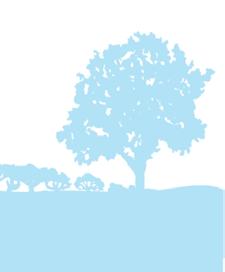



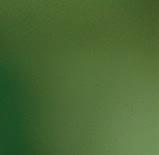




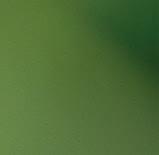






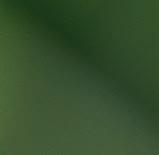
Our members are our lifeblood. We continue to see an increase in memberships, reaching more than 19,300 by the end of the year. Many generous supporters also give to our appeals or donate throughout the year.




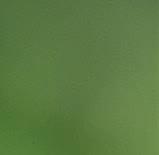

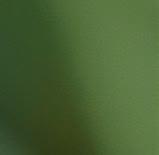

Helping nature recover is a team effort and we are thrilled with the support we receive from so many partner organisations, charitable trusts, grant-giving bodies and businesses. Support like this means we can achieve more for local wildlife.
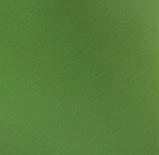







Restoring a thriving natural world in Leicestershire and Rutland needs everyone to work together. Thankfully there are plenty who share our vision, helping us to save endangered species, stand up for wild places, and bring people closer to nature.

Volunteers selflessly give so much of their time to help us, freely sharing their expertise and enthusiasm across a wide range of roles. Could you join them? Discover how at lrwt.org.uk/volunteer
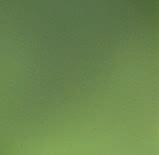


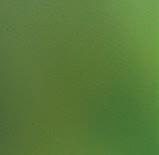
Our network of Local Groups hosts a diverse programme of activities and talks, giving more people the chance to learn about our work and the wildlife of Leicestershire and Rutland. Learn more at lrwt.org.uk/local-groups







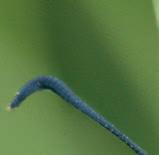




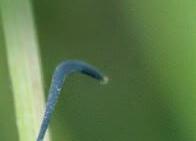

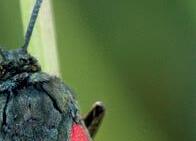








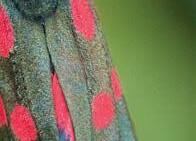





We owe a huge debt of gratitude to the kind supporters who remembered the Trust in their Wills. This year, legacies were received from the following individuals: Mr Harold Braid, Mr Paul Buxton, Ms Jennifer Cook, Mrs Marcene Crocker, Mr John Hunt, Mr Michael Naisbitt, Mrs Doreen Machin, Mrs Rhona Millson, Mrs Patricia Moore, Mrs Shelagh Muller, and Mr John Small.






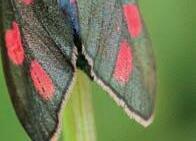








Thank you too to the friends and families who donated in memory of their loved ones. Legacies and In Memoriam donations contribute so much to our work. Some supporters also decide to make lifetime gifts, ensuring they can witness the transformative power of their donation first hand.

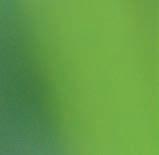








threatened species and the wild places that you

Your support helps future generations to look after nature. Including a gift to the Trust in your Will ensures we can continue to protect threatened species and the wild places that you love. To find out more about leaving a gift in your Will, please go to lrwt.org.uk/legacy or get in touch on 0116 262 9968 or info@lrwt.org.uk












Our work wouldn’t be possible without the wide range of partners, stakeholders, grant funders and local authorities who share our vision.
Grants and trusts
• Benefact Group
• David Cock Foundation
• Marsh Charitable Trust
• National Lottery Heritage Fund
• Smith-Barnard Charitable Trust
• The Rutland Trust
• The Thomas Stanley Shipman Charitable Trust
Companies
• Anglian Water
• David Wilson Homes
• Easy Fundraising
• Heidelberg Materials
• Mick George
• PayPal
• Pixel & Dot
• Severn Trent Water
Corporate partnerships
• CME Jewellery
• Edwards & Edwards Consultancy
• Which Way Financial Solutions
Community groups & other organisations
• Age UK
• Butter y Conservation East Midlands
• Canal and River Trust
• Charnwood Forest Regional Park
Landscape Partnership Scheme
• Defra
• East Mercia Rivers Trust
• Environment Agency
• ESNA Theatre
• Field Detectives
• Forestry England
• Forestry Commission
• Greener Golf Network
• Leicestershire and Rutland
Badger Group
• Leicestershire and Rutland Bat Group
• Leicestershire and Rutland
Mammal Group
• Loughborough Naturalists’ Club
• Loughborough University
• National Forest Company
• Natural England
• NatureSpot
• Nottingham Trent University
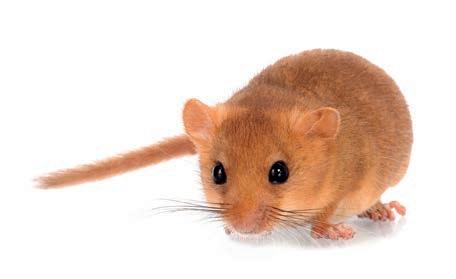
• Northants Amphibian and Reptile Group
• Royal Society of Wildlife Trusts
• Rutland Natural History Society
• Stathern Heritage
• The Green Place
• Trent Rivers Trust
• Twycross Zoo
• University of Leicester
• University of Nottingham
• Waterlife Recovery Trust
• Wreake Catchment Nature
Recovery Network
Local authorities
• Blaby District Council
• Charnwood Borough Council
• Harborough District Council
• Hinckley and Bosworth Borough Council
• Leicester City Council
• Leicestershire County Council
• North West Leicestershire District Council
• Oadby & Wigston Borough Council
• Rutland County Council
Other sponsors
• Zeiss Nextdoor Nature
• Belgrave Community Garden (community group)
• Belgrave Neighbourhood Co-operative Housing Association
• E2 Community Hub: The Urban Garden, Beaumont Leys
• High elds Centre: Roof Top Garden
• KALA Arts CIC
• Leicester College
• Leicester Community Links
• P3 Charity
• Sensational Vibes (community group)
• The Neighbourhood Nook (community group)

• TREC (The Race Equality Centre)
• VAL (Voluntary Action Leicester)
• WildWater Ponds
• Working Wednesday Networking Group (community groups)

The year was very positive from a finance perspective. Membership income rose 7% and grant income rose by 66%. Legacy income was roughly double the five-year average, but this income is always variable by its very nature. Donations were up 144%. However, included in donations (£509K) and legacies (£25K) were gifts of land to add to our nature reserves. This means that £534K of our reported income did not come in cash but was instead added to the valuation of our heritage assets.
Normal ongoing expenditure rose by just over 3% largely due to inflation on salaries and other running costs. However, with reductions in fundraising costs and no significant cost arising from the pension scheme, our expenditure on charitable activities improved from 72% to 85% of our overall expenditure.
The Trust has total reserves of £5.9M, though £4.1M of this is the value of our nature
reserves, buildings and other fixed assets. A further £0.4M is restricted to be spent on specific projects. Our remaining unrestricted financial reserves represent about nine months’ expenditure budgeted for the next financial year. This is now significantly above the level set to ensure the Trust can continue to operate day to day without any concern for its long-term prospects. This will allow more financial freedom for investment in new projects, posts and infrastructure over the coming years. Nevertheless, continuing to grow our membership and other income streams remains a priority.
Financial figures are taken from the statutory accounts of Leicestershire and Rutland Wildlife Trust for the year ended 31st March 2025. The full accounts can be found at lrwt.org.uk/AGM

Donations & Legacies
Membership Grants
Conservation Consultancy
Investment
Trading
Nature Recovery - nature reserves
Education & Engagement
Nature Recovery - wider countryside
Fundraising & Income Generation
Pension
Further strengthening of our infrastructure, governance systems and supporter relationships gives us a stronger base on which to undertake the many exciting projects that we have in hand. The next financial year (2025/26) will see a number of key developments.
Our comprehensive review of governance processes will be complete by the 2025 AGM, when members will vote on a new set of Articles of Association.
After a great deal of work on improving our IT systems and procedures, we have now received accreditation for our cyber security protocols. In addition, we have been increasing and strengthening our sta team generally.
The rst phase of dormice reintroduction to Leicestershire took place in June 2025, following our work with the Leicestershire and Rutland Dormouse Recovery Steering Group. We look forward further reintroductions over the coming years.
Facilitating landscape-scale nature recovery is a big part of what we do. The Trust’s involvement in the Market Harborough Rewilding Project


will be entering its development phase and we anticipate a great deal of interest in this key initiative from both local and national stakeholders and agencies. 2026 will be a year of celebration as the Trust marks 70 years since it was founded, 50 years of Rutland Water Nature Reserve, and 30 years of the Rutland Ospreys. Events and activities are planned for throughout the year, not just to toast past work but, crucially, highlight how much still needs to be done. Details will be available at the start of 2026.
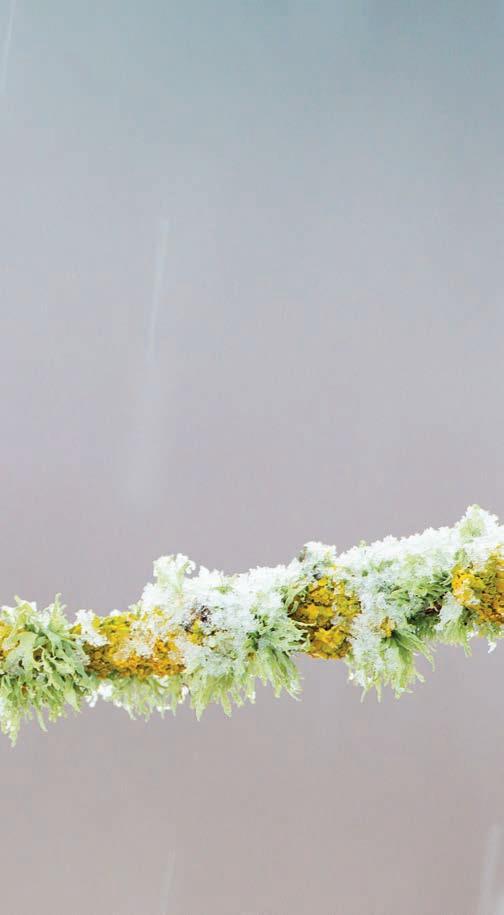

Leicestershire and Rutland Wildlife Trust is managed by a Council of Trustees who are elected by its members. The Trustees oversee governance and the Trust’s strategic direction. All Trustees are listed with their skills and expertise on our ‘How we are run’ webpage at lrwt.org.uk/how-we-are-run
Ann Tomlinson (Chair)
Bob Bearne (co-Vice Chair)
Andrew Mo at (co-Vice Chair)
Peter Williams (Honorary Secretary)
Andrew Thorpe (Honorary Treasurer)
Anthony Biddle
Helen Nott
Abigail Wilkin
Appointed on 23 Nov 2024:
Andy Abbott, John Atherton
Taras Bains, Gemma Harper
Charlie Hewitt (resigned 27 July 2025), Emily Hunter
Resigned on 23 Nov 2024:
Silviu Petrovan
President
Sir David Attenborough OM, CH, CVO, CBE, FRS
Patrons
Lady Gretton DCVO, JP
Sir Lawrence Howard KVCVO, OBE
Vice President
Peter Ward MA, LLB
The full Trustees’ Report for the year can be found at lrwt.org.uk/AGM




Your ongoing support, dedication and generosity is essential in helping create a wilder Leicestershire and Rutland that benefits wildlife, nature and people. Thank you to all our members, staff, volunteers, donors, Local Groups, partners, funders and supporters of every kind. It is your passion and commitment that is laying the groundwork for nature’s recovery.













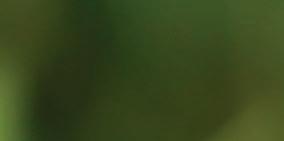
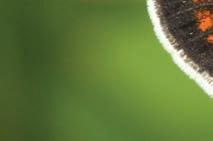
Leicestershire and Rutland Wildlife Trust The Old Mill, 9 Soar Lane, Leicester, LE3 5DE 0116 262 9968
lrwt.org.uk
